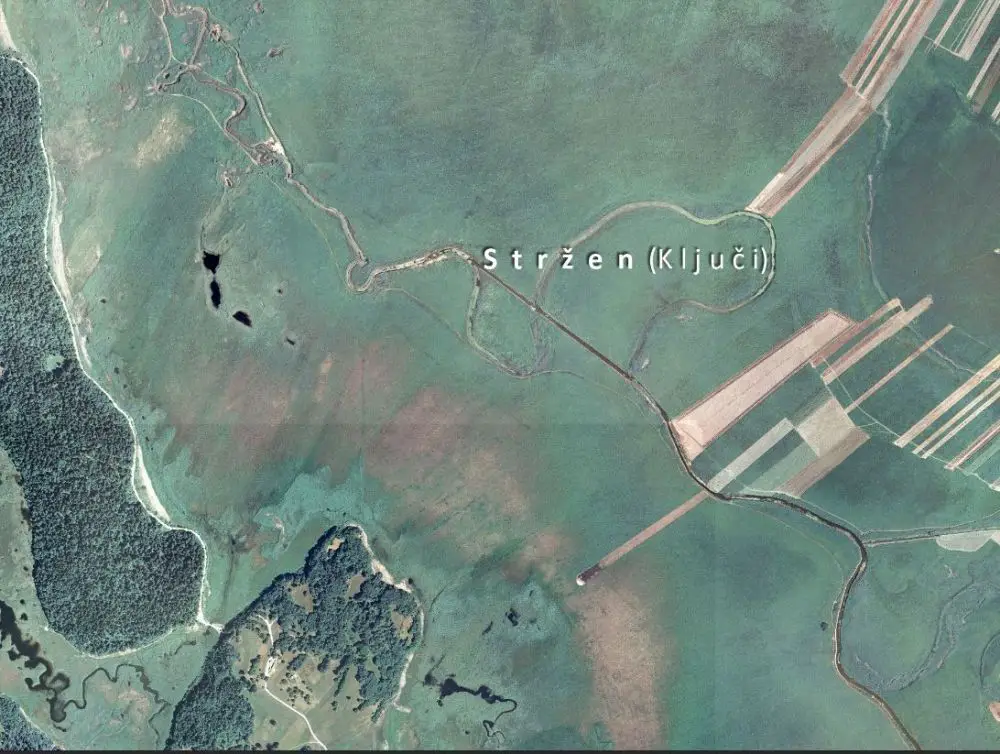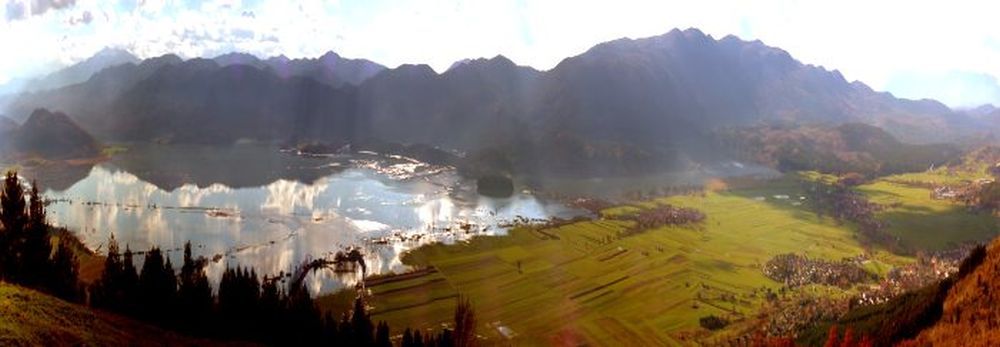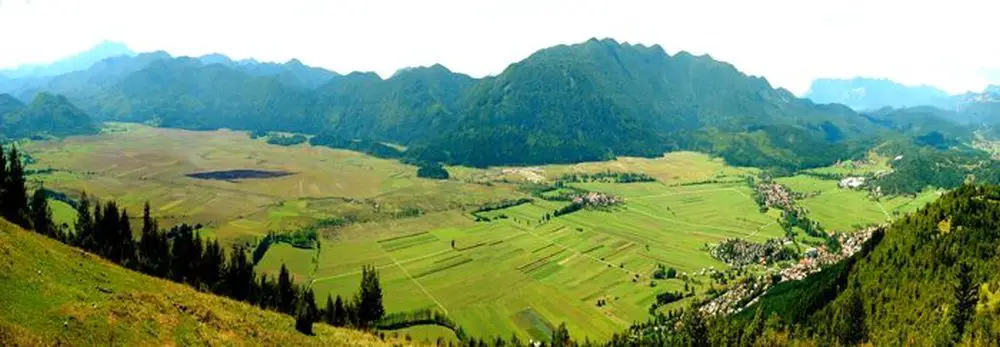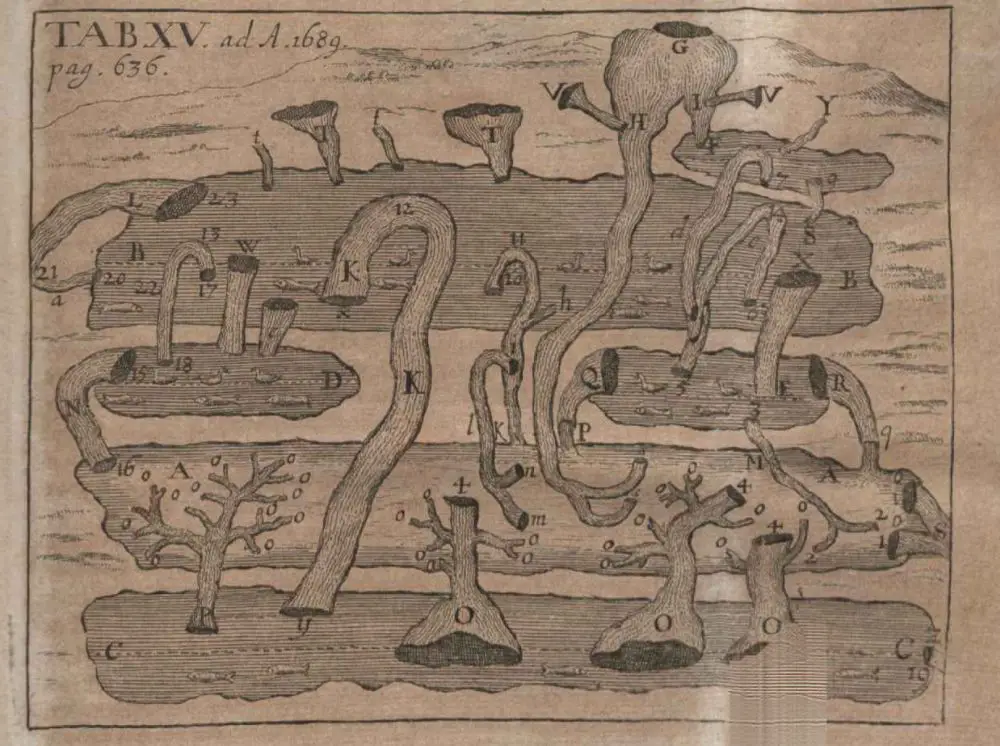September 9, 2019
The streams of the intermittent Lake Cerknica are currently undergoing a re-naturalization process, thereby gaining back their original twists and turns that have since the 19th century been cut in attempts to reduce the scope and duration of the annual waters, and increase production of a higher quality of grass for stern and litter.
Gradually the total length of the natural streams of Lake Cerknica was decreased by a half to a third. Shorter streams mean less water, which drains faster due to less friction. This means a shorter annual time of ponding and unpredictability in the levels of water, an unfavourable situation for fish, birds nesting by the water and other aquatic organisms.
Inner Carniola Regional Park, in charge of Lake Cerkinica’s natural heritage, aims to restore the lake back to its condition in the 17th century, when the great natural historian and polymath Valvasor studied its hydrology, a work that gained him Fellowship of London’s Royal Society.
Currently the main stream Stržen is undergoing the re-meandering process and when this is complete, together with two other already re-meandered streams, this will mean about half of all the waterways have already been restored to their previous routes.

Lake Cerknica stretches over 28 square kilometres on average during the ponding season and is an important wildlife resort, especially for the waterfowl, fish and amphibious plants. As such Lake Cerknica is part of the so called Notranjski trikotnik, an area included into the European environmental network Natura 2000 and the main focus of the Inner Carniola Regional Park.



A 1689 illustration, explaining the karst phenomenon, the intermittent Lake Cerknica; Lacus Cirknicensis potiora phaenomena, published in Acta Eruditorum, 1689






